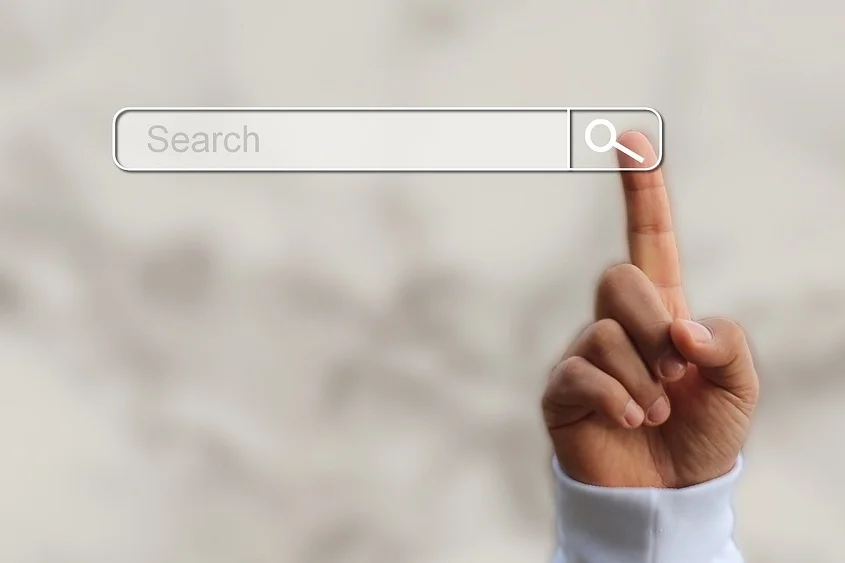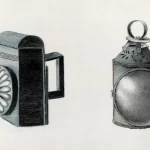Intellectual Property Strategy of Startup Innovators
- February 4, 2023
- By Sarita Thomas
- Read 2 minutes
Startup innovators need a strong Intellectual Property (IP) strategy to protect their unique ideas, products, and services. This includes obtaining patents, trademarks, and copyrights and carefully considering IP in business deals to avoid disputes. A comprehensive IP strategy increases a startup’s competitive advantage and overall value
Should startups file patents?
It’s generally a good idea for startups to file patents, as this can help protect their intellectual property and give them a competitive advantage. However, there are also potential drawbacks to consider, such as the cost and time involved in the patent process, as well as the possibility that the patent may not be granted. Ultimately, the decision whether or not to file a patent will depend on the specific circumstances and needs of the startup.
What should be the patent strategy for a startup?
A patent strategy for a startup typically involves conducting a thorough patent search to identify any existing patents that may be relevant to the startup’s technology or products. This can help the startup avoid infringing on any existing patents and can also give the startup a better understanding of the landscape in its field. Once the patent search is complete, the startup can determine which aspects of its technology or products are novel and potentially patentable, and can then file patent applications to protect those innovations. In some cases, a startup may also want to consider filing provisional patent applications to establish an early effective filing date for its innovations.
What are the different types of patent applications I should consider as a startup innovator?
As a startup innovator, you should consider the following types of patent applications:
- Provisional patent application: This is a temporary patent that allows you to claim priority for your invention for up to 12 months. This gives you time to develop and test your invention before filing for a non-provisional patent.
- Non-provisional patent application: This is the main patent application that describes your invention in detail and covers all of its novel and non-obvious aspects. This type of patent application is typically more complex and time-consuming to file than a provisional application.
- Design patent application: This type of patent protects the visual appearance of an invention, such as the shape, color, or texture of a product.
- International patent application: If you plan to sell your invention in multiple countries, you may want to consider filing an international patent application through the Patent Cooperation Treaty (PCT). This allows you to protect your invention in multiple countries with a single application.
It is important to consult with a patent specialist to determine the most appropriate type of patent application for your startup’s needs.
Talk now to a Maxinov Patent Strategist for your IP strategy.
Sarita Thomas
Latest Blogs
Blog Categories
- Intellectual Property (IP) Strategy (84)
- Intellectual Property Asset Management (IPAM) (17)
- IP Monetization (4)
- IP News (7)
- Patent Drafting (2)
- Patent Litigation (6)
- Patent Prosecution (8)
- Patenting (18)









No comment yet, add your voice below!